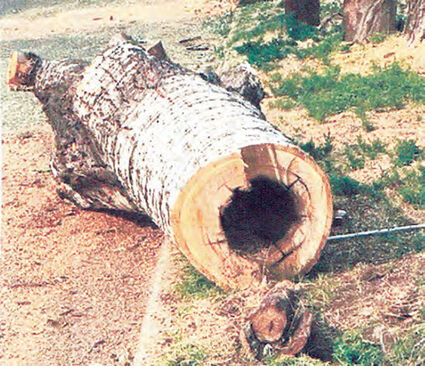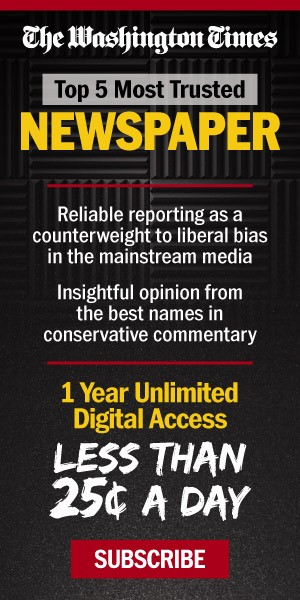HEALTHY TREES, HEALTHY COMMUNITY – WRAP UP
October 27, 2021
(cont’d from last week)
In 2015, the Tree Board, at the recommendation and with the assistance of Area Forester of the Northeast Land Office, Josh Stoychoff, made the decision to expand its efforts into the residential areas of the city. As nearly as can be determined, the majority of Roundup’s urban forest was planted in the early 1940’s and consists primarily of Green ash and Siberian elm, which are rapidly aging out. One of the goals of the board besides addressing this aging tree population was diversification to avoid the catastrophic consequences of disease destroying a large segment of our trees. The city was ultimately divided into four primary sections to make the project more manageable and more easily explainable to the public. For whatever reason, most of Roundup’s trees are on the west side of Main Street but in the interest of fairness, the sections were alternated between the west side of Main Street and its east side so Area I is west of Main, and Area II is east of Main alternating again to Areas III and IV.
An inventory of the trees in the residential section of town and the City Park was completed in 2014. This inventory was not particularly helpful to the board in that it did not include all of the trees in public places, did not include addresses and was not easily understandable. DNRC urges communities throughout the state to conduct inventories every 10 years. However, in 2020 the city applied for and received a grant for a new inventory by a Certified Arborist to provide information concerning all trees in public places. This inventory was specifically tailored to the needs of Roundup and it and the accompanying report of the Certified Arborist have become invaluable tools for the Tree Board. The inventory can be accessed by the public either at the City Office or at dnrcmt.treekeepersoftware.com/index.cfm. The report is also available at the City Office.
The inventory reveals that Roundup has 1,535 trees in public places, nearly 10% of which are noted as public safety issues (either of critical or immediate concern). Questions have arisen regarding why one particular tree has been removed when its neighboring tree “looks” as bad if not worse than the removed tree. Danger to the public cannot always be determined by a tree’s appearance. For instance, some of the trees that have been removed appear fairly healthy but once removed, reveal that the interior is completely rotted. Perhaps its neighboring tree looks to be in worse shape but could be saved by a good pruning. Perhaps the next tree is noted for removal at some future date but is not of immediate concern. The Tree Board relies heavily on the inventory performed by an expert for this determination.
Besides the availability of funding, another factor that enters into the decision of whether to remove a tree is reduction of canopy. If there are four trees, for instance, in one block that are noted in the inventory for removal, the tree or trees that are noted as of critical concern (should have been removed last week) is/are addressed first followed by those of immediate concern (should be removed today) and lastly, those which should be removed when funding is available. (final installment next week)
Roundup’s current focus is on removing the trees that pose a threat to public safety. Through the 2021 DNRC grant, the Green Ash Removal grant and the recent grant awarded to Roundup by MUCFA, nearly half of the 105 trees noted as of critical or immediate concern will have been removed by the end of this year or early next year. In the last couple of years, it has been one of the grant requirements to plant replacement trees for each tree removed, which will help with diversification as well as canopy replacement. However, canopy replacement will take 10-20 years, so that must also be considered.
It is important to keep the tree inventory updated. With that in mind, the Tree Board, with the approval of the Parks Committee of the City Council, has developed a permit that will probably be available next spring if full council approval is granted. The permit will provide information to the board of the address where a tree has been removed, whether the stump was also removed, whether a replacement tree has been planted and if so, the species of the replacement tree. The permit will be available at the City Office at no cost to the property owner.
The ultimate goal of the Tree Board once hazardous trees have been removed and pruning done on the remainder is that the budget each year will be allocated 30% to removals, 40% to planting of new trees and 30% to pruning based on the recommendation of forestry experts.
It is the board’s intention that this and the preceding articles in this series have provided an explanation of the importance of trees and Roundup’s urban forestry program to the overall health and welfare of the community as well as the thought process that goes into the program. Roundup’s urban forestry program is becoming recognized throughout the state as an example of a successful program and as a result, has received several grants and awards not available to all programs in the state.








Reader Comments(0)